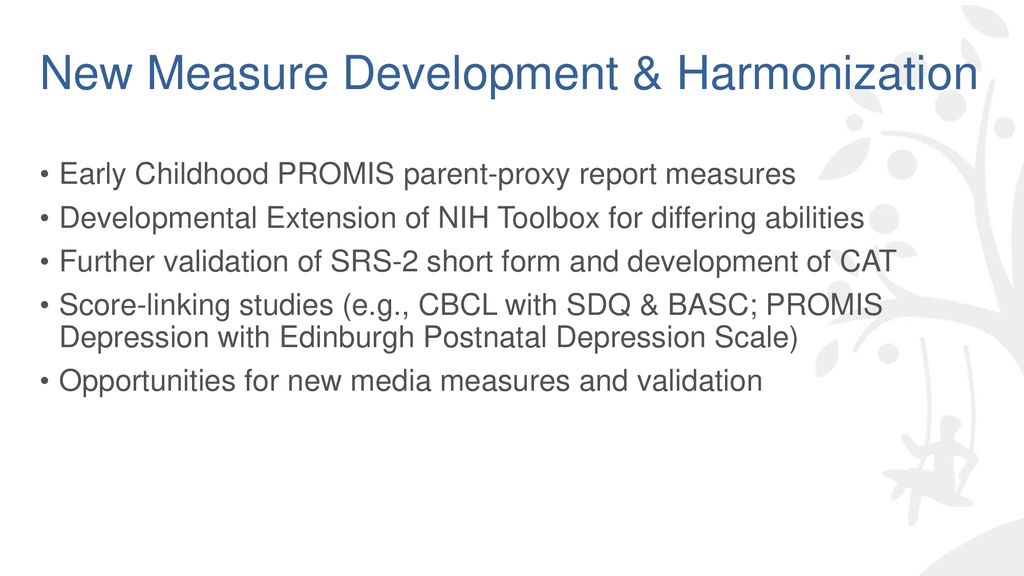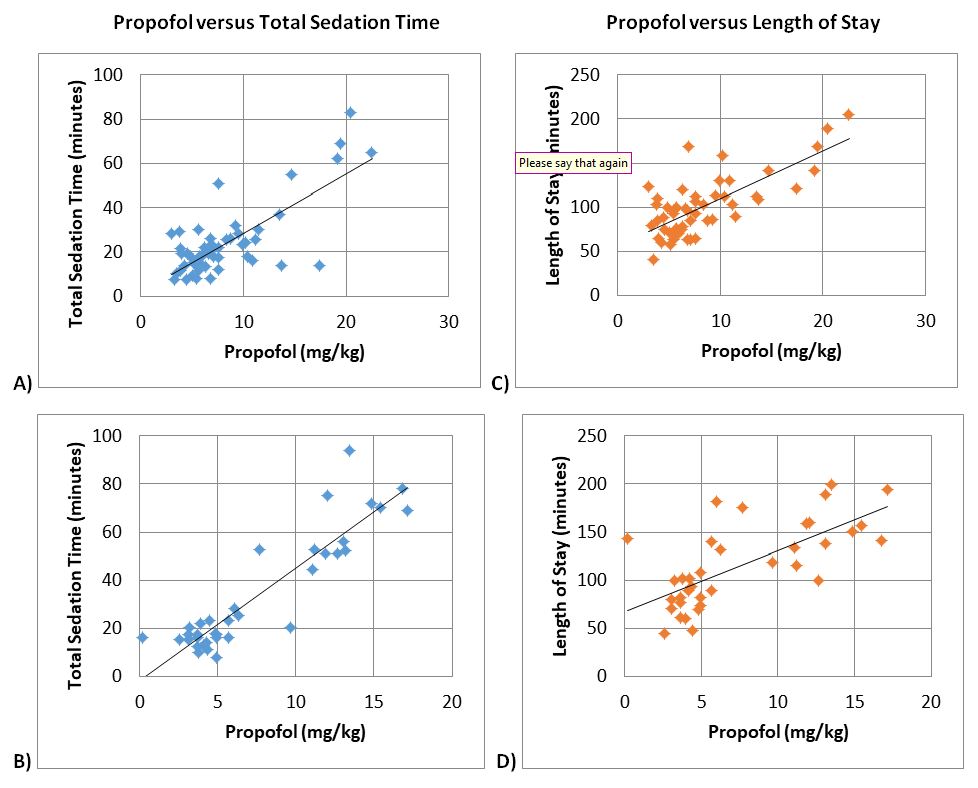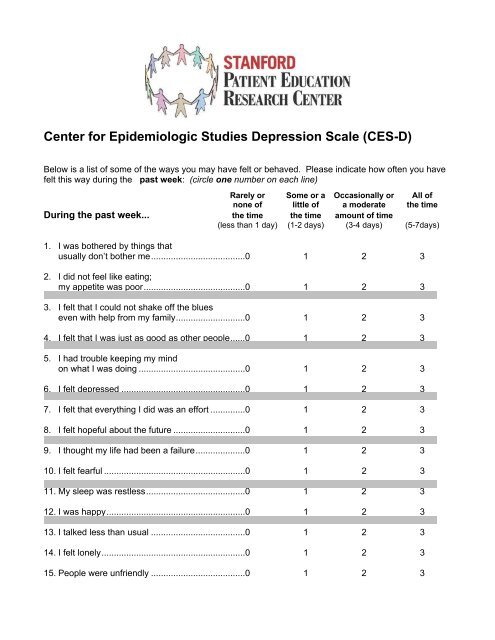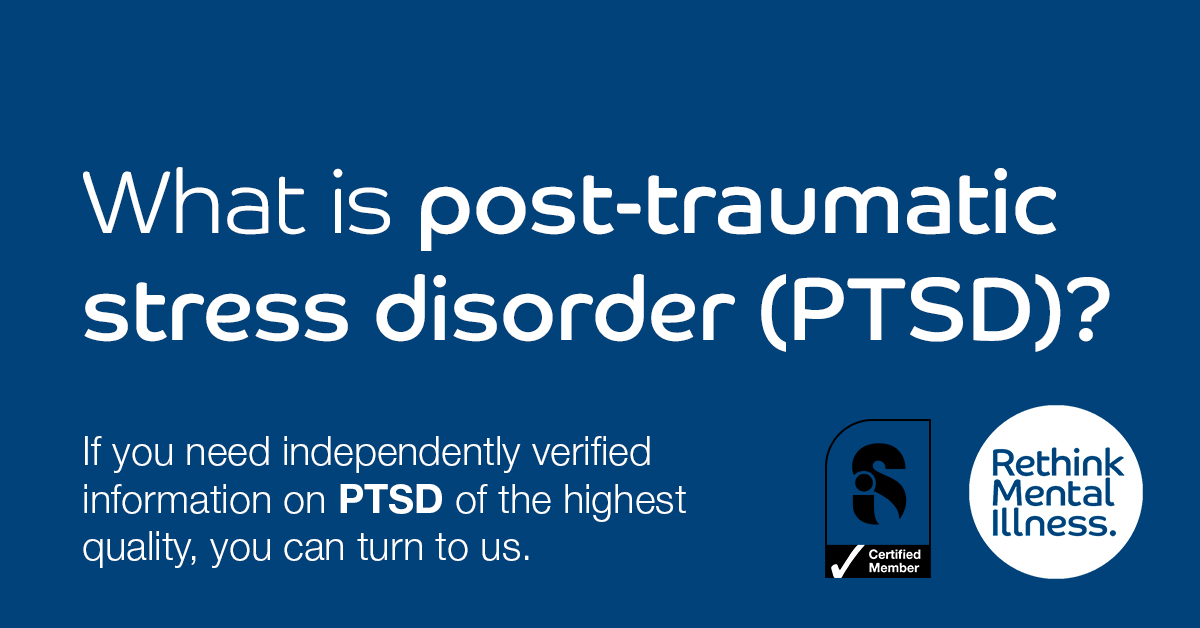Edinburgh Postnatal Depression Scale Gp Notebook

2 the 10 question edinburgh postnatal depression scale epds is a valuable and effici ent way of identifying patients at risk for perinatal depression.
Edinburgh postnatal depression scale gp notebook. Sagovsky thedevelopmentof a 10 item self reportscale epds to screenfor postnataldepression in the community is described after extensive pilot interviews a validationstudy was. Edinburgh postnatal depression scale 1 epds postpartum depression is the most common complication of childbearing. The edinburgh postnatal depression scale epds a 10 item scale developed by cox et al. It has been utilized among numerous populations including u s.
The edinburgh postnatal depression scale epds was developed to assist primary care health professionals in detecting mothers suffering from postpartum depression ppd. Was originally devised for the identification of postpartum depression disorders. The use of epds is favoured because of the ease and speed of its administration. Holden r sagovsky 1987 this 10 item self report measure is designed to screen women for symptoms of emotional distress during pregnancy and the postnatal period.
The edinburgh postnatal depression scale epds is not as well validated for screening for depression in pregnancy compared with the postnatal period but based on an evidence review commissioned by nice the guideline development group found that the epds and patient health questionnaire phq 9 have good sensitivity and specificity and are suitable for assessing women with a positive response to the depression identification questions national collaborating centre for mental health 2014. Women and spanish speaking women in other countries. The edinburgh postnatal depression scale epds is one of the most widely used screening instruments for assessing symptoms of perinatal depression and anxiety 3 4. Detection of postnatal depression development of the 10 item edinburgh postnatal depression scale j.
The epds is not a diagnostic tool and must always be used in conjunction with clinical assessment. A distressing disorder more prolonged than the blues which occur in the first week after delivery but less severe than puerperal psychosis. It assesses emotional experiences over the past seven days using ten likert scale items see additional file 1.


















